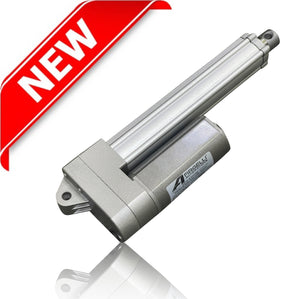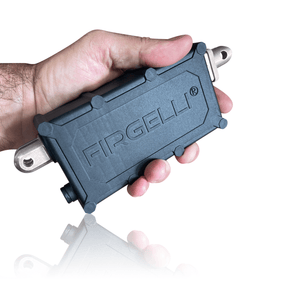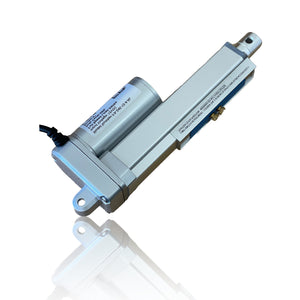Every time you drive your car, you encounter several linear actuators. If it's controlled with a switch rather than a hand crank, it's connected to an actuator. Your door locks, seat adjustments, automatic windows, even your engine's starter; all of these are different kinds of actuators.
A linear actuator is a machine or device that works as an agent to convert rotational motion into a pull or push linear motion and linear movement to lift, slide, tilt, pull or drop equipment and machines with force. Electric linear actuators operate through electric DC or AC motors with a chain of gears and a lead screw to push the primary rod shaft. Electric linear actuators are the best option to get a clean and precise movement.
Linear actuators are available in dynamic and static load capacity variables. Dynamic load capacity is the extent of force used when the actuator is in motion and static load capacity is suitable when the actuator is motionless. A linear actuator functions on the concept of an inclined plane, where the main screw of the actuator moves along a ramp of small spinning force.
Linear actuators have gained popularity in a wide range of industrial vehicles from different industries such as agriculture, transport, medical and health care, manufacturing and construction, factory automation, military, material handling, food and automotive.













